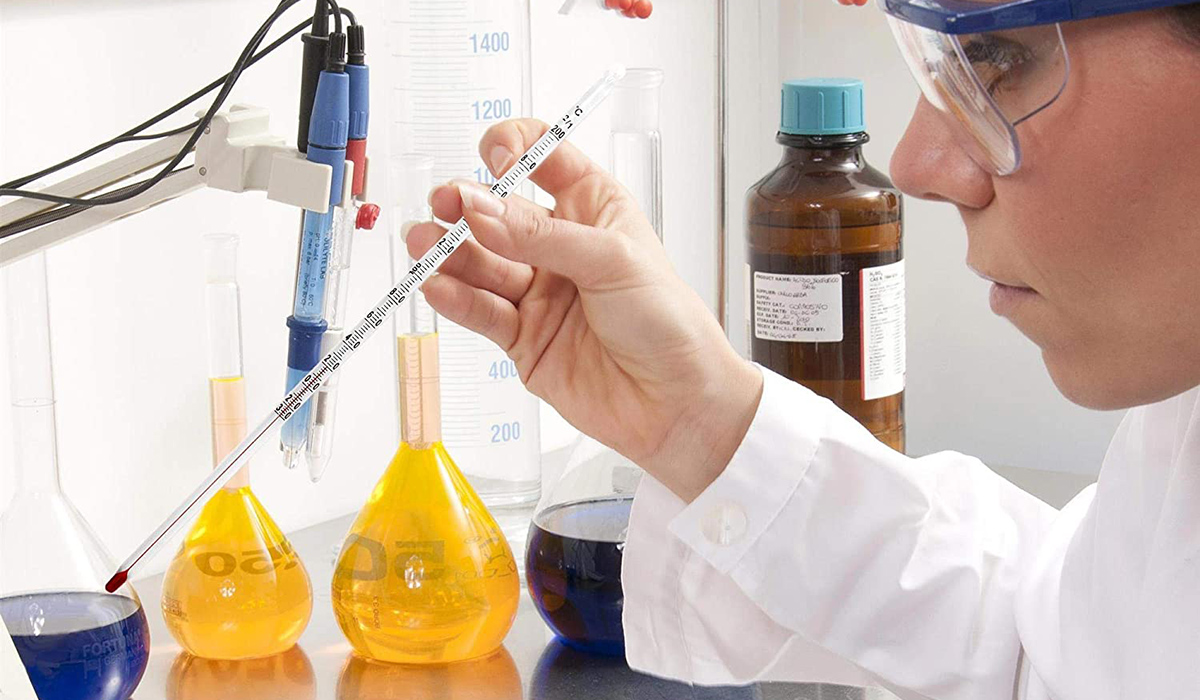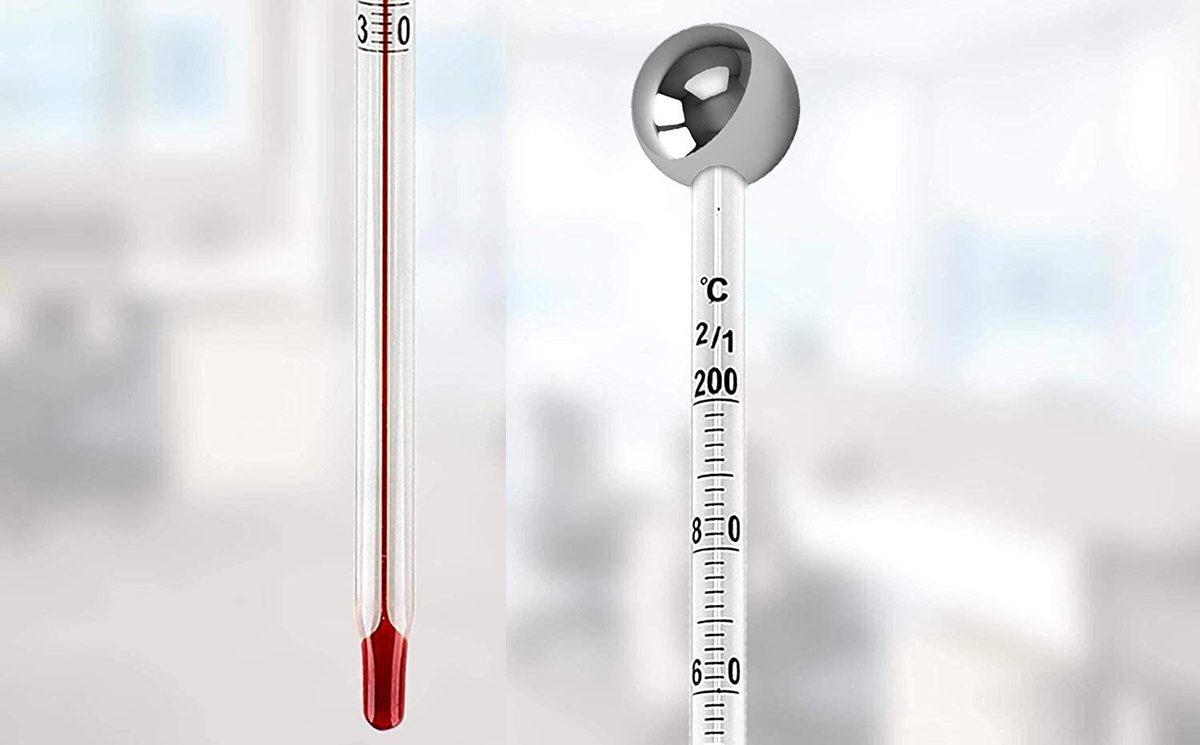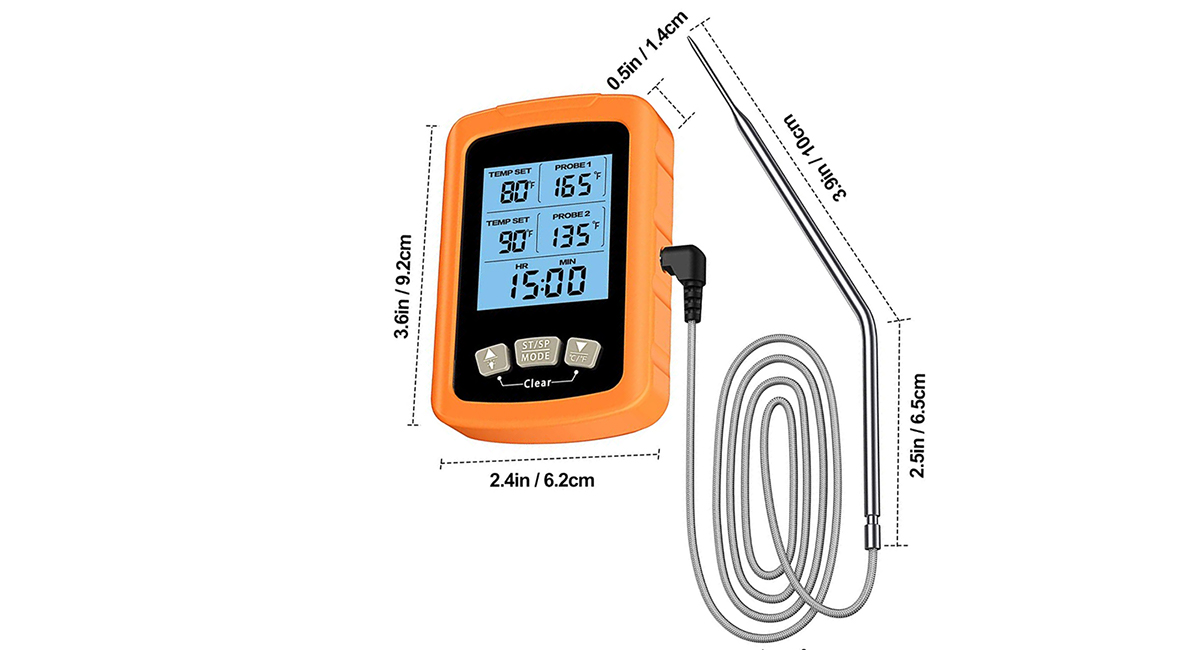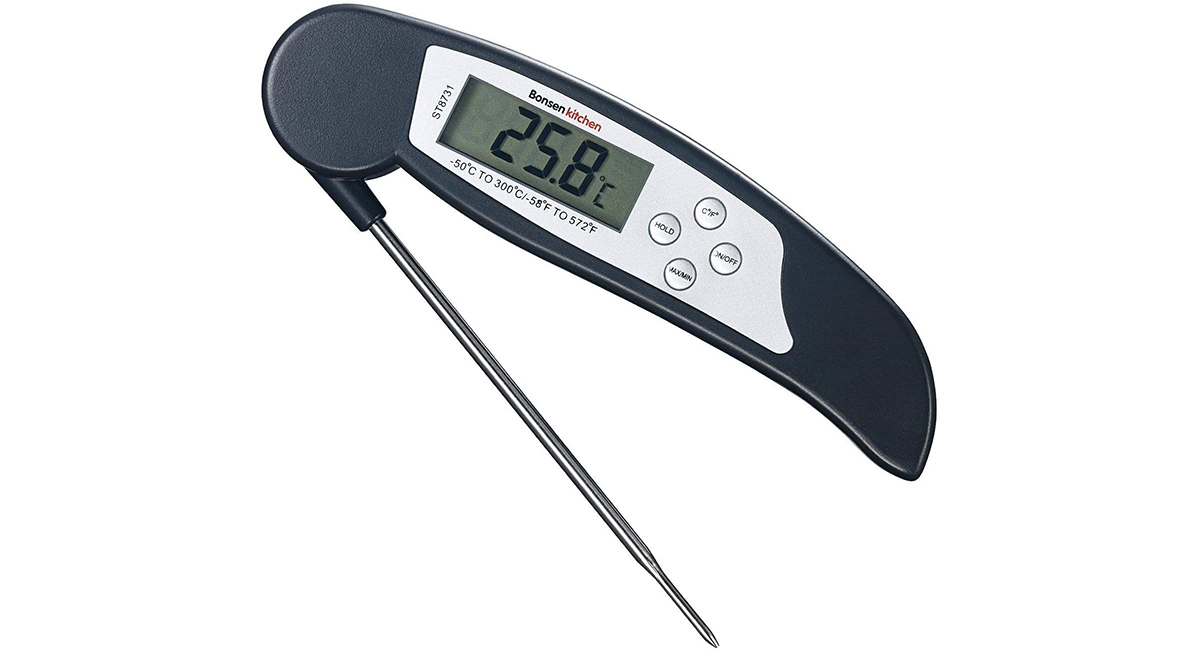
Thermometers are devices that allow us to measure the temperature of an object, person, animal, material, food, environment ... For any type of measurement that we have to perform, we have a different type of thermometer. Within the thermometers, we can also find different formats: mainly analog and digital.
When it comes to measuring the temperature of a food when we are cooking it, a test in a laboratory or in any other situation where it is necessary to know the temperature precisely, we cannot use traditional thermometers, but we are forced to use laboratory thermometers.
What is a laboratory thermometer

As I mentioned in the previous paragraph, laboratory thermometers, which they are mostly digital allows us to measure the temperature accurately, since this is a very relevant part, especially when it is necessary to maintain it in order to carry out the project we are doing.
This type of thermometer offers us a measurement scale that may vary by manufacturer and model, so we must take it into account when looking for the laboratory thermometer that meets our needs, both present and future if we want to extend its use to future projects.
How are laboratory thermometers

Laboratory thermometers, although their name may indicate that they are special objects, Nothing further from reality. These types of thermometers offer us the same design that we can find in traditional mercury / gallium thermometers if we talk about analog thermometers.
Analog thermometers are shaped like long glass tube with a bulb at one end where is the substance that will allow us to measure the temperature and that will change shape depending on the temperature of the object we are measuring.
Although most of the laboratory thermometers that we can find in Europe offers us the measurement in degrees CelsiusSome also incorporate Fahrenheit and Kelvin scales.
Digital thermometers, unlike those used to measure body temperature, have a more compact size, in the shape of a square and to which we must connect measurement sensor. These thermometers incorporate a screen where the temperature is shown on the scale that we have previously established: Celsius, Fahrenheit or Kelvin.
Parts of a laboratory thermometer
Analog laboratory thermometers are made up of a glass tube where the measurements it offers are shown. Inside, we find a capillary through which the liquid used to carry out the measurement circulates (gallium / galinstan or colored alcohol). Finally, we find the bulb, the lower part of the thermometer where the liquid used to measure is located.
Digital thermometers, as their name indicates, are electronic devices that includes a probe that can vary in length where we find the sensor to carry out the measurements. This sensor sends an electrical signal to the central unit, which will be in charge of interpreting it to offer the data we are looking for.
Unlike analog thermometers, digital thermometers are powered by a battery, a battery that must always be in good condition if we do not want to make erroneous measurements that could ruin our already laboratory, culinary project ...
Accuracy of laboratory thermometers

If you are looking for very precise laboratory thermometers, the most it is advisable to opt for a digital thermometerAlthough due to its high cost, it is likely to get out of our pockets, as long as we are considering a quality model with the certifications that ensure proper operation and accurate measurements.
This type of thermometers they are always the fastestHowever, they are not advisable when we have to make a measurement to a very hot or very cold object, especially if the measurement cable is extremely short.
In these cases, the best option is to opt for a glass laboratory thermometer, thermometers that in most cases, exceed 30 cm long so we avoid the risk of bringing the hand too close to the object we want to measure.
Calibrate a laboratory thermometer

As I mentioned in the previous section, laboratory thermometers, both digital and analog, are very accurate, as long as they have been manufactured by companies that have been previously certified by the National Accreditation Entity (ENAC).
It is not the same to obtain a wrong temperature measurement in a home experiment than a wrong measurement in an experiment, because if it is wrong, the whole project can go to waste and having to start from the beginning.
When buying a laboratory thermometer, we must take into account the manufacturer's certifications, if we want the measurements to be as faithful to reality with a minimum margin of error, a margin of error than in the case of an experiment laboratory, we must report on results.
Each laboratory thermometer must include allowable margins of error, margins of error ranging from 0,5º C, up to 2º C in addition to 1º C. These margins of error should be included in the results of the experiment.
If the thermometer is always going to be used to perform measurements under normal conditions, it is not necessary to calibrate it every so often. If, on the other hand, it is subjected to inappropriate temperatures for long periods of time, we should consider calibrating the thermometer once a year.
How to calibrate a thermometer
There are two methods for calibrating thermometers: by comparison and by fixed points.
Calibration by comparison consists of comparing the reading of the thermometer to be calibrated with the reading of a thermometer whose characteristics are known. This calibration method is based on Zeroth's Law. Zeroth's Law states that if two systems are in term equilibrium, each of them having the same temperature as a third system, the two systems have the same temperature as each other.
Fixed point calibration. Fixed point calibration is carried out using fixed temperature points, such as ice water, since ice melts at 0ºC and freezes at the same temperature.